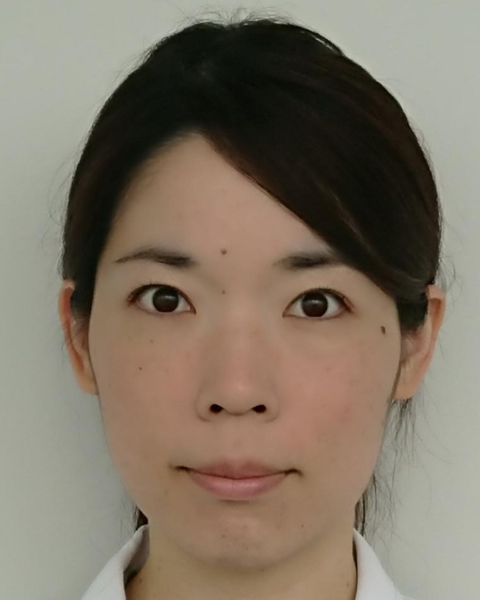2024 Posters
Surfactants and Detergents
Fundamental properties of bio-based internal olefin sulfonate “bio-based IOS” and its application as detergents
.jpg)
Satomi Nakazono, MA (she/her/hers)
Researcher
Kao corporation
Tokyo, Tokyo, Japan- TS
Takanori Saitoh
Manager
Kao corporation
Tokyo, Tokyo, Japan 
Yukiko Tabuchi
Researcher
Kao corporation
Wakayama, Wakayama, Japan- HE
Hiroko Endou
Researcher
Kao corporation, Japan 
Andrew Hughes
Manager
Kao Specialties Americas LLC
High Point, North Carolina, United States
Presenting Author(s)
Co-Author(s)
Given the global situation, such as the increase in world population and economic growth, the demand for detergents will continue to increase. For healthy and comfortable living in the future, not only stable supply of surfactants is needed, but also the technology that maximizes their performance with the minimum amount of surfactant. Anionic surfactants used in detergents are often required to have cleaning properties, emulsifying performance, and foaming ability. Furthermore, they must maintain their performance under any hardness conditions in order to be used worldwide.
Recently, we have succeeded in manufacturing internal olefin sulfonate from 100% natural sources, which could only be produced using petroleum raw materials before, and we have also started using it for practical purposes. This bio-based internal olefin sulfonate, known as "bio-based IOS," has significantly lower values of Krafft point (Kp) (0-5°C for industrial grades) and critical micelle concentration (cmc) compared to conventional anionic surfactants. In this study, we performed a washing ability test of bio-based IOS as a function of water hardness. The detergency of bio-based IOS was almost the same as that of common anionic surfactants (sodium alkyl benzene sulfonate, LAS, and sodium polyoxyethylene alkyl ether sulfates, AES) at 0 ̊DH. Additionally, bio-based IOS can maintain higher detergency even at higher water hardness. Furthermore, we will also discuss foaming ability, emulsification performance, and antibacterial properties.

.jpg)